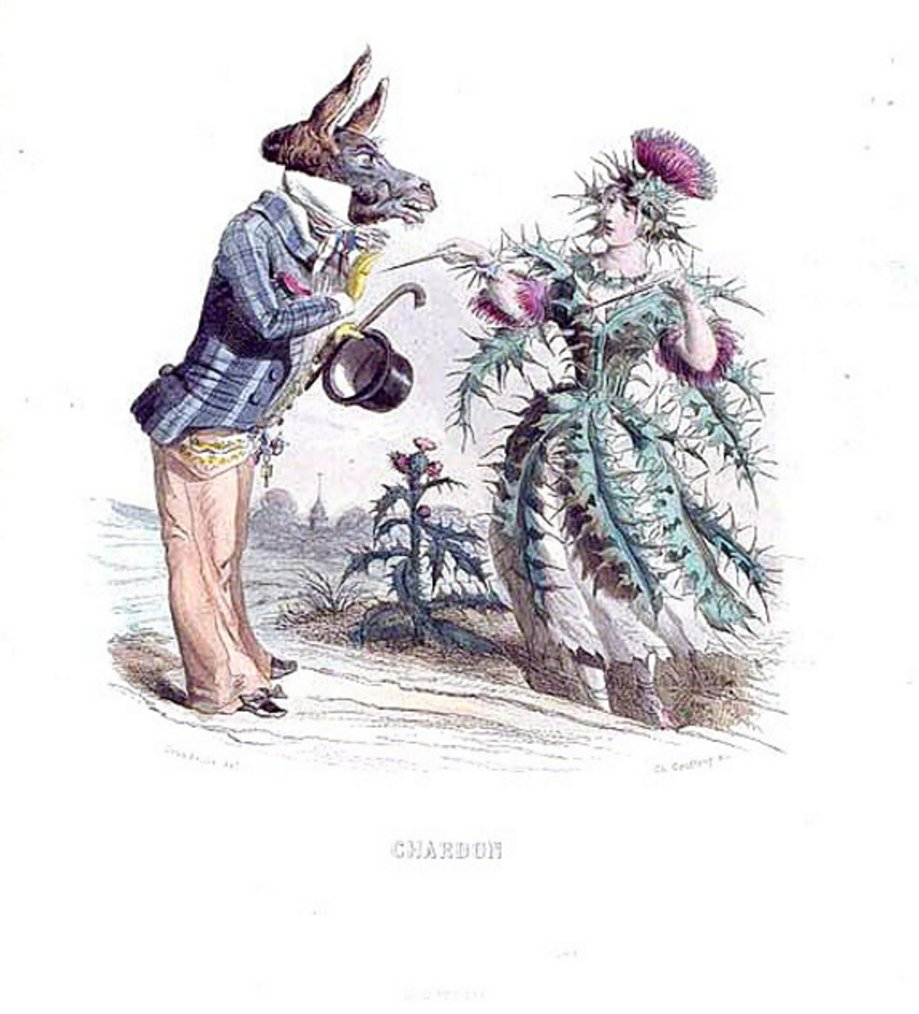Europe Called; They Like Thistles.
Hello, Gentle Readers, both near and far. It would seem that our friends in Europe are having some kind of Thistle Party! I'm not sure exactly what's going on, but it's something to do with this:
For whatever reason, I've sold record numbers of the Thistle pattern lately to my knitters outside the USA. Thank you so very much! Is it a knitalong? A Prickly Flower Appreciation Club? A strange coincidence? Whatever the reason, I thought you all deserve a shout-out, here on the blog. Do let me know if there is anything I can do to help as you knit. I hope you'll enjoy the design; it remains one of my all-time favorites. Drop a comment here, or connect with us over on Ravelry to let us in on your fun!
And when you get through knitting, you'll find that the finished stole lends itself to all sorts of useful applications, such as yarn-bombing life-size horse lamp statues:
Oh Knitting; You are so great at closing geographical distances!

